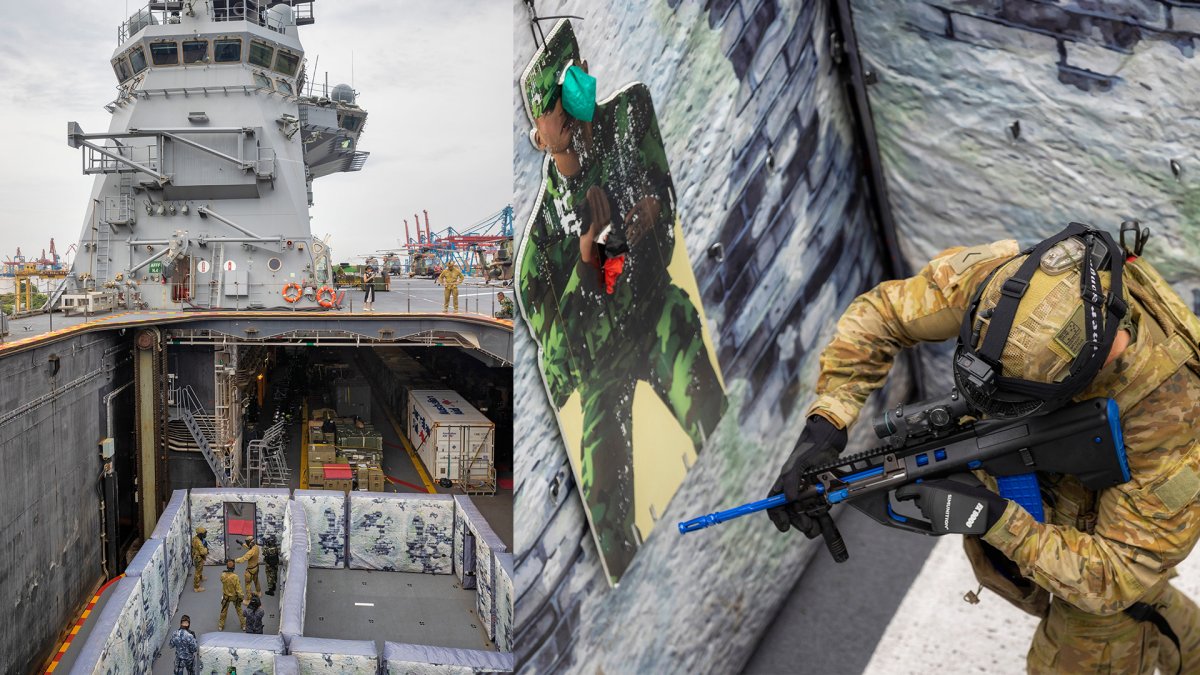You're absolutely right. Arguably, any such a platform should be able to operate independently in conducting long range presence missions.
That's one of the key reasons I always come back to the AH140, out of the options in the market for a mid-tier combatant, it seems to tick the most boxes. It's capable of up to 9,000nm at 18 knots (load and configuration dependent) - Certainly not going to be in need of an AOR very often!
For actual RAN combatants, yes they need to have some ability to operate independently. However, they also need to be viable vessels as part of a TF. as well. This means that not only do the sensors, comms and weapons fitout need to contribute and be complementary to the overall fitout for the TF, the combatant's range and speed also need to 'fit' in with the rest of the vessels.
As
@alexsa mentioned, a reduced speed for a transit range, or a reduced transit range would either place additional burdens on RAS and any AOR's as part of the TF, or force the entire TF to reduce transit speed, or perhaps both. Including vessels that are not high value assets, which would force a reduction in transit speed for a TF would IMO be a very foolish thing to do, as reducing transit speed means greater time to get on station, as well as potentially providing more opportunities for a TF to be detected, tracked and targeted by a variety of hostile assets.
On a somewhat related note, consideration also needs be be given towards what capability outputs the RAN wants, needs, and can realistically afford. The reason why the type of vessel known as an OPV for Offshore Patrol Vessel was developed, was because a number of nations realized they had a need for ocean-going vessels for patrol and constabulary duties particularly for within EEZ and fisheries areas. At the same time, ops in such areas would not normally need the comprehensive sensor and combat suites which warships are normally fitted with and which also drastically drive up the price of a naval vessel.
Even though the per vessel price of the
Arafura-class OPV does seem to be a tad on the high side for an OPV, being something like AUD$300 mil. per vessel IIRC vs. ~NZD$110 mil. per Project Protector OPV for the RNZN back in 2010, a cost of AUD$300 mil. is still only about half of what a FSG like a
K130-class corvette would cost.
My point being that it makes little sense to expend significant amounts of the limited coin available to acquire combatants to fulfill patrol and presence needs, but not also able to really serve as main fleet units. A main fleet unit like a destroyer or frigate could be tasked as needed (provided one or more is available, of course...) to cover patrol needs, particularly if there is potential for needing a bit more of the pointy end of things during a patrol. Clashing with "coastguard" vessels of certain nations escorting their fishing fleets comes to mind as a possible scenario where this might happen. However, IMO it would make little sense to provide all patrolling vessels with the ability to handle such a high end encounter on their own, simply due to the likely significant increase in the costs per vessel and overall project, for such a niche scenario.

